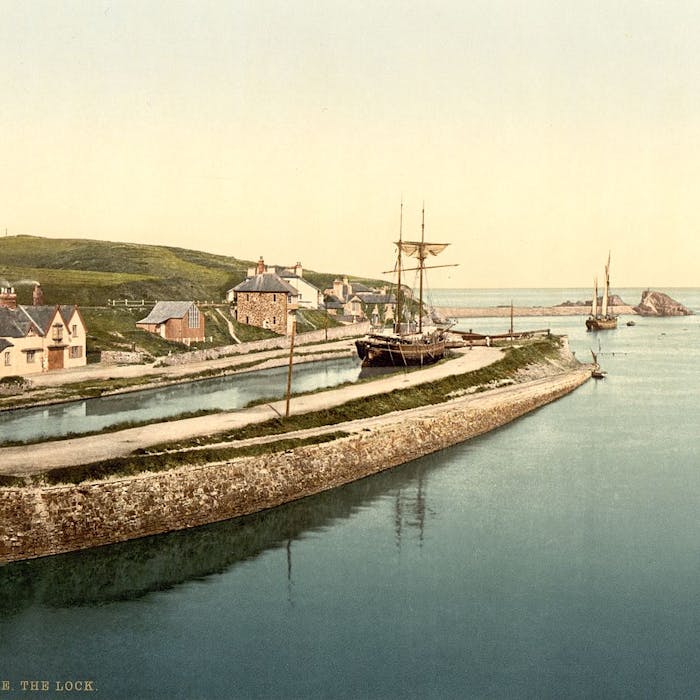
The Bude Canal - a lost network now rediscovered
Although we tend to associate canals with the densely populated and most industrial parts of England, they can be found in more surprising places such as the Scottish Highlands, Wales, and Cornwall.
The Bude Canal opened on 8th July 1823, about 50 years after it was first suggested, with a total length of 35½ miles. Its original purpose was to take small tub boats of mineral-rich sand from the beaches at Bude and carry them inland for agricultural use on fields.
A series of inclined planes carried the boats over 400 vertical feet to Red Post, where the canal split into three branches - south along the upper Tamar Valley towards Launceston, east to Holsworthy, and north to the Tamar Lakes, that fed the canal.
The enterprise was always in financial difficulty, but it carried considerable volumes of sand and also coal from south Wales.
The arrival of the railway at nearby Holsworthy and the production of cheap manufactured fertiliser undermined the canal's commercial purpose, although the improved harbour and canal entrance at Bude remained useful to shipping.
Much of the rural canal was lost and filled in over the years, but there has been recent investment to enhance what remains as a tourist attraction and amenity for locals.
Visitors can see the impressive lock gates at Bude Harbour and follow parts of the canal on various footpaths.
Further reading
Links to external websites are not maintained by Bite Sized Britain. They are provided to give users access to additional information. Bite Sized Britain is not responsible for the content of these external websites.
